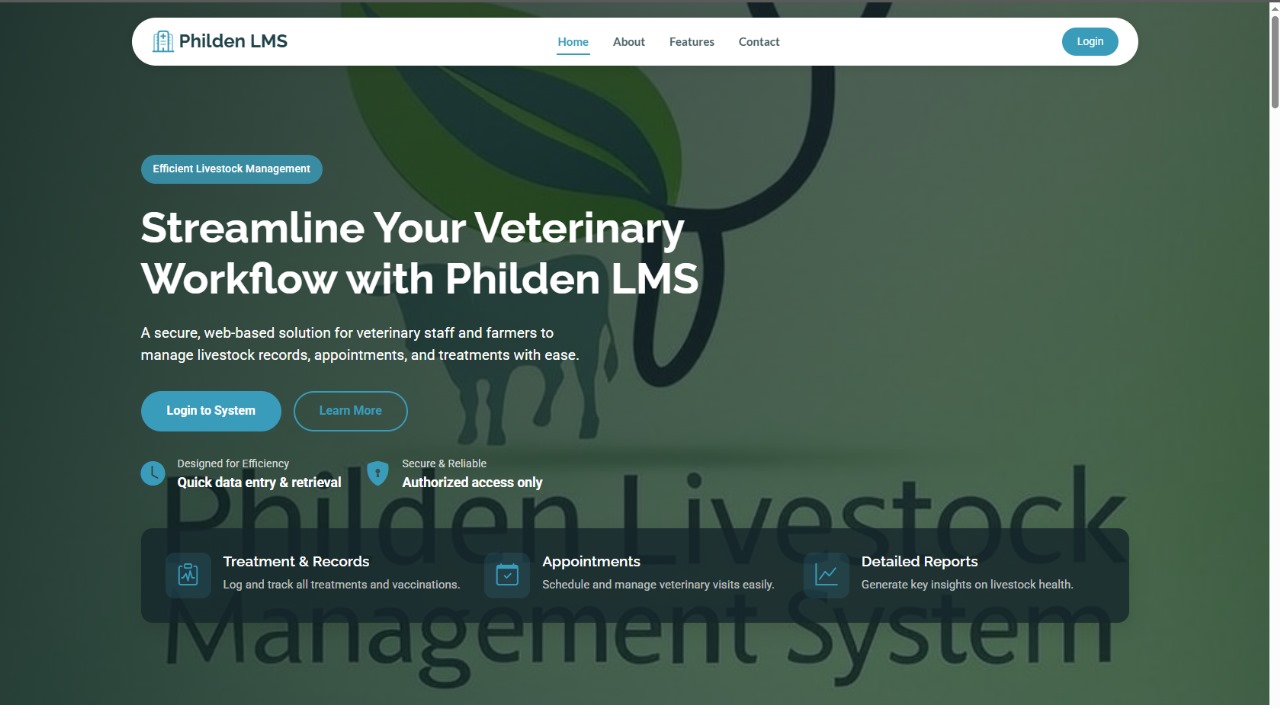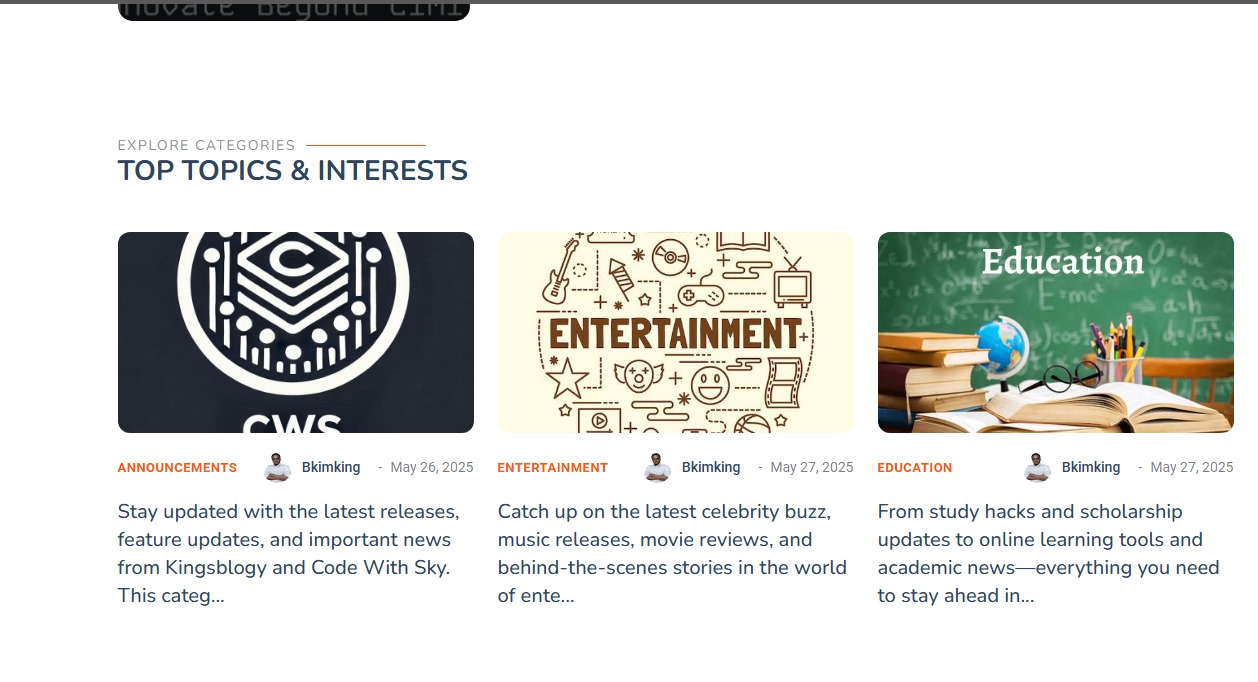Powerful Tech Trends Every Developer & Designer Should Master in 2025

7 Powerful Tech Trends Every Developer & Designer Should Master in 2025
Tech is moving fast and whether you're a web developer, UI/UX designer, mobile app builder, or just a curious creator, staying ahead of the curve is essential. In this post, we're diving into 7 key trends shaping the way we build and design in 2025. Let's explore what's new, what's next, and how you can level up.
1. AI-Driven Development Tools
AI tools like GitHub Copilot, CodeWhisperer, and ChatGPT plugins are changing the game. Developers now have smart assistants that autocomplete code, catch bugs, and even generate unit tests.
- Use case: Generate boilerplate code instantly
- Tool tip: Try integrating Copilot inside VS Code for real-time help
- AI for designers: Tools like Galileo AI and Uizard help auto-generate UI based on prompts
Pro Tip: Learn the basics of prompt engineering it will give you an edge.
2. Microinteractions and Subtle UX Animations
Less is more in modern UI. 2025 UX trends are about clean, distraction-free design paired with elegant microinteractions think hover effects, smooth transitions, loading animations.
- Use Framer Motion for smooth React animations
- Explore LottieFiles for JSON-based animations
- Keep animations purposeful too much kills UX
Design Insight: Microinteractions boost usability and emotional connection with the interface.
3. Offline-First Mobile App Architecture
In a world with spotty internet connections, building offline-first apps isn't optional it's essential.
- Use: WatermelonDB, PouchDB, or Firebase's local persistence features
- Benefits: Faster load times, better UX, increased reliability
- Pattern: Sync with the server only when online
Whether you're building for emerging markets or just want robust UX, this architecture is a must-learn.
4. Next.js 15 & React Server Components
Server Components are here and they are changing how React apps are built. Less client side JS, more performance.
- Use the
app/directory to harness RSC - Data fetching becomes more efficient (no more double-loading!)
- Faster TTFB (Time to First Byte)
Tip: If you're using Next.js, it's time to go beyond the traditional pages/ folder and explore the new app routing system.
5. Fullstack with Serverless & Edge Functions
Serverless and edge functions are making fullstack development more scalable and simpler.
- Deploy instantly with Vercel or Netlify
- Edge functions offer low latency performance across the globe
- Use Prisma + PlanetScale for modern DB workflows
Bonus: No more managing servers, patching OS updates, or worrying about scaling infrastructure.
6. Design for Voice and AI Interfaces
Voice UIs and chatbot-first interfaces are becoming mainstream. Think Alexa, Siri, and AI customer support.
- Design for zero UI interactions (voice, gestures, chat)
- Use Voiceflow or Amazon Lex for prototyping
- Accessibility boost: great for users with visual or physical limitations
Trend Insight: Conversational design is now a key UX skill. Learn how to script, not just sketch.
7. Quantum Programming: A Glimpse into the Future
Quantum computing is still early stage but its coming. Platforms like IBM Q and Azure Quantum are letting devs play with qubits today.
- Understand concepts like superposition and entanglement
- Explore SDKs like Qiskit and Q#
- Think in probabilities, not just 1s and 0s
You dont need to be a physicist just curious.
Wrapping Up: Where Should You Focus?
Not every trend is for everyone but being aware helps you evolve. Whether you are building slick UIs, crafting mobile experiences, or exploring fullstack frameworks, there is something in this list for you.
Your action plan:
- Pick one area (AI, animation, serverless, etc.)
- Spend 1 hour experimenting with a new tool
- Share your learnings maybe even in your own blog!
Got thoughts or favorite tools from 2025? Connect with me on WhatsApp!


